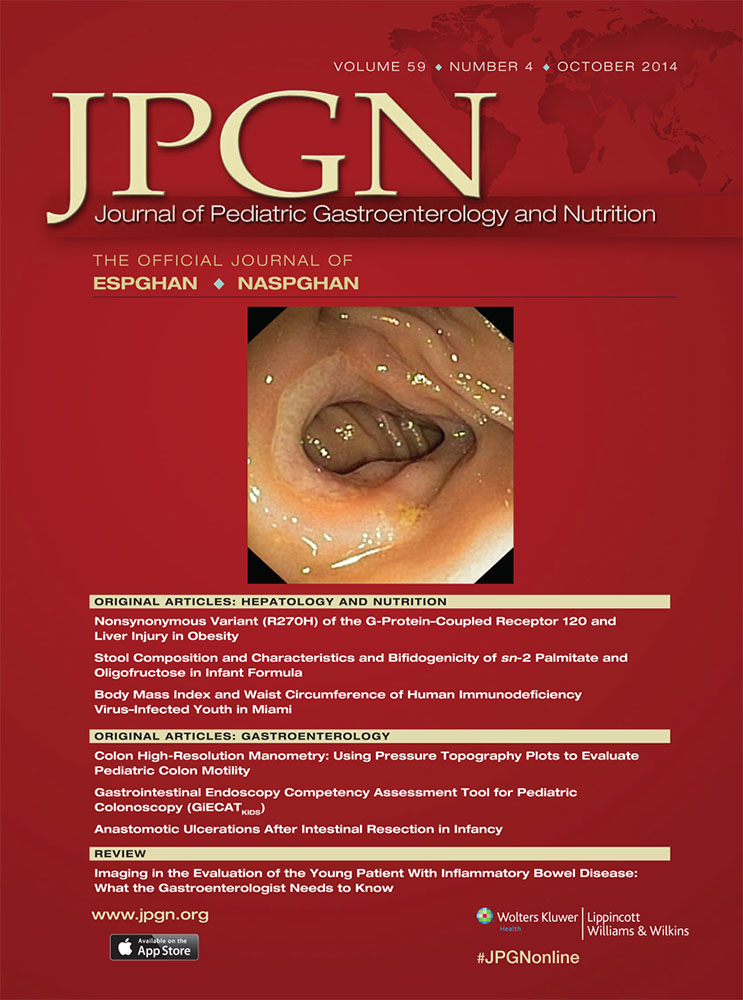IBS and FAPS in Children
A Comparison of Psychological and Clinical Characteristics
The present study is part of an ongoing randomized controlled trial sponsored by the Dutch organization for health research and innovation, ZonMW (Dutch Trial Register number NTR2725). The present work is independent of the funding.
The authors report no conflicts of interest.
ABSTRACT
Objectives:
It has been suggested that different subcategories of childhood abdominal pain–related functional gastrointestinal disorders (AP-FGIDs) are not separate clinical entities, but represent variable expressions of the same FGID. The aim of the present study was to compare clinical and psychological characteristics of children with irritable bowel syndrome (IBS), functional abdominal pain (FAP), and functional abdominal pain syndrome (FAPS).
Methods:
A total of 259 children, ages 8 to 18 years, fulfilling Rome III criteria for IBS or FAPS were included in a randomized controlled trial evaluating the effect of hypnotherapy. At inclusion, questionnaires assessed demographics, clinical features, abdominal pain frequency and intensity, depression and anxiety, somatization, health-related quality of life, pain beliefs, and coping strategies.
Results:
No differences were found between children with IBS and those with FAPS with respect to the main outcomes: frequency and intensity of abdominal pain, symptoms of depression and anxiety, somatization, health-related quality of life, pain beliefs, and coping strategies. A significantly higher percentage of patients with IBS had a positive family history for AP-FGIDs (56.8% vs 37.8%; P = 0.00). Characteristics of patients with IBS subtypes did not differ. Patients with FAP or FAPS differed only with respect to problem-focused coping strategy (2.21 ± 0.61 vs 2.52 ± 0.49; P = 0.00).
Conclusions:
Pediatric patients with IBS and those with FAPS have similar psychosocial profiles. These results may explain why treatment response of psychological therapies in these AP-FGIDs is similar. These results may indicate that pediatric IBS and FAPS are different expressions of 1 underlying functional disorder, but similarities in psychosocial characteristics do not exclude the possibility that these disorders are different entities, because these similarities can exist between disorders of various causes. Therefore, future research is required on the role of other (physiological) factors in pediatric IBS and FAPS.




